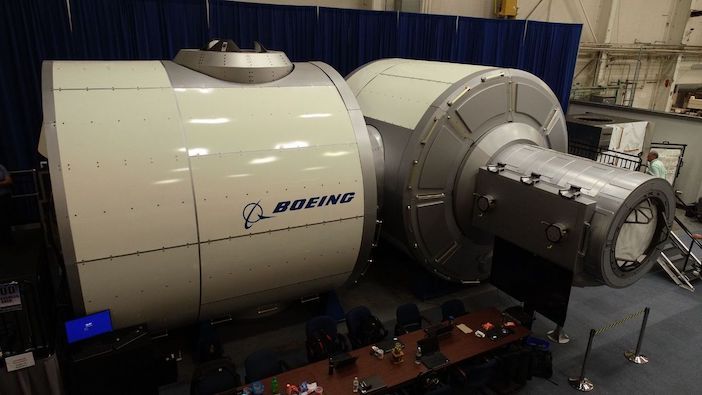Boeing has revealed a prototype of the space station that US astronauts may use to explore the moon within just five years.
The lunar Gateway will serve as an orbital base for the exploration of the moon and is key to the United States’ plan to return astronauts to the moon’s surface. The Gateway prototype, a video of which can be viewed here, will be used by engineers in a series of tests.
NASA contracted Boeing and five other companies in August 2016 to design and build ground-based Gateway prototypes.
The Gateway will act as a reusable moon-orbiting exploration hub, a technology test bed, and a research base for government and private organizations. It will enable crewed and robotic missions in lunar orbit, on the moon’s surface, and eventually to Mars.
Boeing built and is testing its demonstrator at NASA’s Marshall Space Flight Center in Huntsville, Alabama. The demonstrator’s design is based on the International Space Station (ISS) modules that Boeing built and has supported for more than 20 years – except with 30% more habitable volume in each module.
Mark Ortiz, Boeing’s program manager for the Gateway Demonstrator said, “Our Gateway engineering is well beyond Systems Requirements Review maturity and leverages the flight-proven structural design heritage of ISS.”
The demonstrator includes prototypes of a habitation module (Hab) and airlock module that are designed to be launched into space on a Space Launch System rocket and assembled on orbit around the moon.
The Gateway can host a crew with only the Hab module and a Power and Propulsion Element (PPE), which the company also is developing for NASA. The PPE, with a design derived from Boeing’s successful 702 satellite line, will able to guide the Gateway into various orbits around the moon to serve different mission needs.





